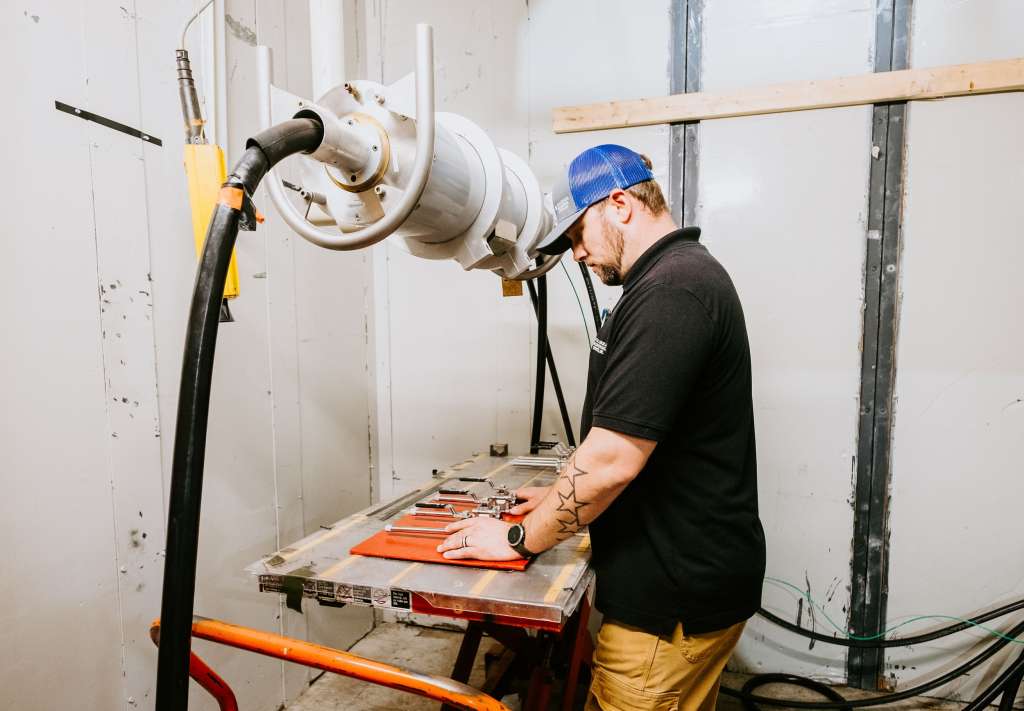Weld testing plays a crucial role in ensuring unbreakable bonds and maintaining the highest standards of weld quality assurance. Welding is a fundamental process in numerous industries, including manufacturing, construction, aerospace and oil and gas. The integrity and strength of welded joints are paramount to the safety and reliability of structures, equipment and machinery. By subjecting welds to rigorous testing procedures, flaws and defects can be identified and rectified, preventing catastrophic failures and potential hazards. One of the most common methods of weld testing is Non-Destructive Testing (NDT). NDT techniques allow inspectors to examine welds without causing damage to the welded components, making it an ideal solution for quality assurance. Techniques such as ultrasonic testing, radiography and magnetic particle testing are employed to assess the internal and surface integrity of welds. Ultrasonic testing, for instance, utilizes high-frequency sound waves to detect voids, cracks or lack of fusion within the weld. Similarly, radiography employs X-rays or gamma rays to produce images of the weld, revealing any internal defects that might compromise its strength.

In addition to NDT, destructive testing is also conducted to ensure weld quality. Despite its name, destructive testing involves sacrificing a sample of the weld for in-depth analysis. Tensile tests bend tests and impact tests are commonly used destructive techniques. Tensile tests determine the weld’s strength and its ability to withstand tension, while bend tests assess the weld’s ductility and resistance to cracking. Impact tests, on the other hand, measure the weld’s ability to absorb energy without fracturing, a critical property in applications where sudden impacts or vibrations may occur. Furthermore, welders and welding procedures are subject to qualification and certification standards, ensuring that only competent personnel perform welding tasks and that the welding processes employed are optimal for the specific application. These certifications are often issued by recognized organizations such as the American Welding Society (AWS) or the International Organization for Standardization (ISO).
Weld testing does not end with the completion of a project; it must be an ongoing part of maintenance and inspections throughout the lifecycle of the welded structure or component and pop over to these guys https://atslab.com/mechanical-testing/weld-testing/. Environmental factors, such as corrosion and fatigue, can degrade weld quality over time. Regular inspections and monitoring allow for the early detection of potential issues, allowing for prompt remedial action to be taken before any safety or performance concerns arise. In conclusion, weld testing plays a critical role in maintaining the highest standards of weld quality assurance, ensuring that welded structures and components possess unbreakable bonds. Through a combination of non-destructive and destructive testing methods, flaws and defects are identified and rectified, preventing catastrophic failures and potential hazards. Moreover, the certification of welders and welding procedures ensures that only competent personnel perform welding tasks and that the processes used are optimized for specific applications. Regular inspections and monitoring throughout the lifecycle of a welded structure are essential to ensure continued safety and reliability.
